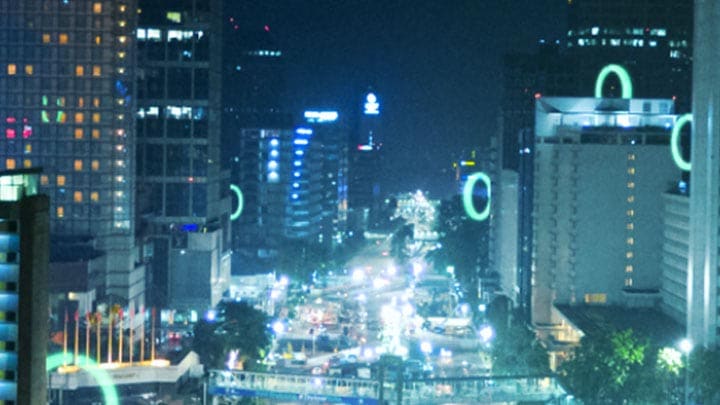September 15, 2023
September 15, 2023
Today’s offices and homes can be dizzyingly complicated. With plumbing, wiring, insulation, and other systems, an entire world exists beneath the surface of an apparently simple property. Many people are unaware how the buildings they live or work in function the way they do. They simply hope that they work the way they want them to.
This level of complexity has expanded over recent decades, with new layers of technology and automation that can make home and work life more convenient and efficient. But this complexity comes with a heavy environmental price tag. According to the 2022 Global Status Report for Buildings and Construction from the UN Environment Programme (UNEP), the building and construction sector accounts for 34% of global energy demand and 37% of energy-related emissions.
The World Green Building Council (WorldGBC), a non-profit, is the largest local-regional-global action network accelerating sustainability in the built environment. Its network of Green Building Councils operates in over 70 countries to promote sustainable practices within the industry. The Net Zero Carbon Buildings Commitment promotes “advanced climate leadership action from businesses, organisations, cities and subnational governments in decarbonising the built environment, to inspire others to take similar action and remove barriers to implementation.”
The WorldGBC identifies some of the solutions for achieving net zero in buildings. These include setting strong targets, access to sustainable finance, accurate data collection, deep retrofitting of existing buildings, and electrification. Replacing old gas boilers with heat pumps, installing rooftop solar panels, and upgrading to energy-efficient lighting can help to reduce a building’s carbon footprint.

Cristina Gamboa
WorldGBC CEO
Energy-efficient lighting is one of these solutions.
Find out how you can make the Green Switch, and start your journey towards net-zero energy, today.
Signify (Euronext: LIGHT) is the world leader in lighting for professionals and consumers and lighting for the Internet of Things. Our Philips products, Interact connected lighting systems and data-enabled services, deliver business value and transform life in homes, buildings and public spaces. In 2022, we had sales of EUR 7.5 billion, approximately 35,000 employees and a presence in over 70 countries. We unlock the extraordinary potential of light for brighter lives and a better world. We achieved carbon neutrality in our operations in 2020, have been in the Dow Jones Sustainability World Index since our IPO for six consecutive years and were named Industry Leader in 2017, 2018 and 2019. News from Signify is located at the Newsroom, Twitter, LinkedIn and Instagram. Information for investors can be found on the Investor Relations page.
